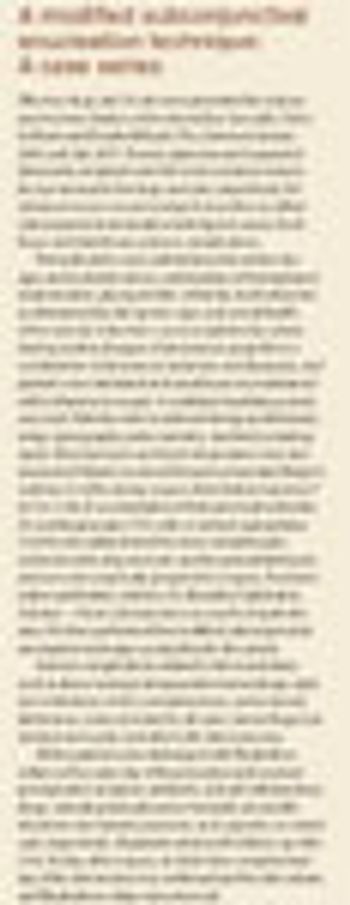
A cataract is technically any opacity in the lens; it may be a small focal spot or, at the other end of the spectrum, the whole lens may be involved.

A cataract is technically any opacity in the lens; it may be a small focal spot or, at the other end of the spectrum, the whole lens may be involved.

Given the plethora of locations and types of neoplastic disorders of the canine and feline eye, this hour long lecture cannot possibly do more than scratch the surface of this subject matter.

The glaucomas are a group of conditions in dogs characterized by increased intraocular pressure and progressive optic nerve and retinal degeneration.

The goals of therapy when approaching a bleeding eye always include identifying the cause of bleeding if possible, preventing bleeding from recurring, controlling the resultant uveitis, and limiting the sequelae of uveitis.

This article will discuss common corneal conditions and recommended management for dogs and cats.

The eyelids are important in protecting the globe, contributing to and spreading the tear film, and preventing the buildup of ocular pathogens and environmental debris.

Meridian, Idaho -- The American College of Veterinary Ophthalmologists is offering up its services in May to a group that never fails in its service to others.

This course offers both a comprehensive anatomical overview of the eye as well as an in-depth survey of neuro-opthamology, symptoms, and the latest pharmacological and surgical treatments. (10.75 CE credits)

National Report - Pet owners are shopping for price, veterinarians say, and it's impacting general practice and referrals.

Dr. Jennifer Hyman discusses the importance of considering all tear film layers when treating KCS.

Globe removal is indicated in patients with blind, painful eyes or patients with nonresectable intraocular tumors.

Des Moines, Iowa -- Iowa State University's College of Veterinary Medicine may have found a better way to treat canine eye diseases than typical drops.

A gene mutation may cause a naturally occurring, rare eye disease suffered by certain dogs and humans.

Advice on how to perform an organized examination of the eye.

The primary goal in treating a corneal ulcer is to identify its cause or identify factors that may prevent it from healing well.

Early recognition of glaucoma is essential in managing this disease and preventing the natural outcome, which is a painful and blind eye.

Ocular emergencies [ER] have been written about extensively and there are many good texts to access.

Equine Recurrent Uveitis (ERU) is the most common cause of equine blindness and it has an estimated yearly cost to the equine community of 100 to 250 million dollars.

Definition: Inflammation of the uveal tract (iris or choroid) of the eye, specifically disruption of the blood-aqueous barrier (tight junctions in the ciliary body epithelium and endothelium of iris blood vessels).

The precorneal tear film is a substantial structure both in its size and functional importance.

Pediatrics, for the purpose of this lecture, will be considered conditions that are genetic, congenital, and early developmental and acquired.

The key to understanding retinal disease is in knowing there is a problem.

Although age may not be a disease, the associated changes of age often compromise the ocular tissue and decrease vision.

The equine ocular exam is a routine ophthalmic exam with special consideration given to the size, temperament and use of the animal being examined.

Lens induced uveitis is greatly under-diagnosed and under-treated.